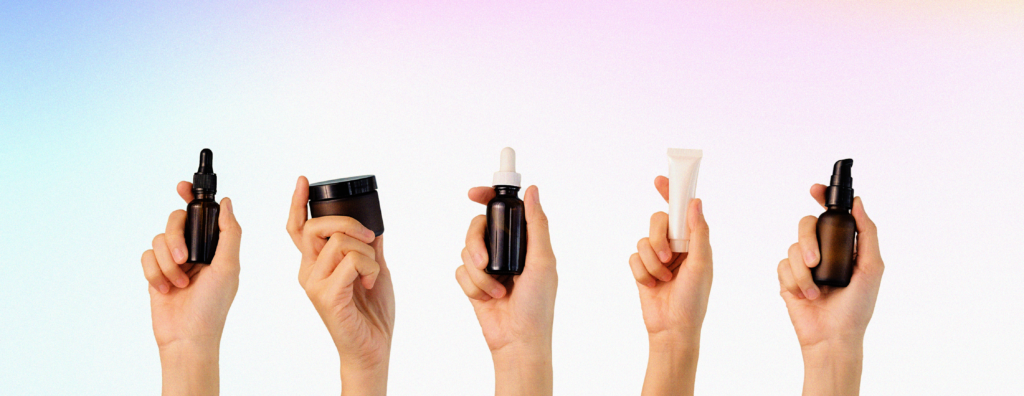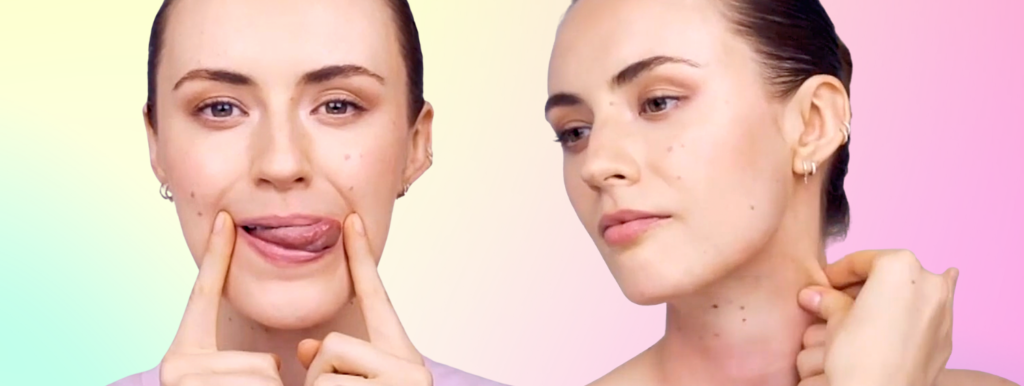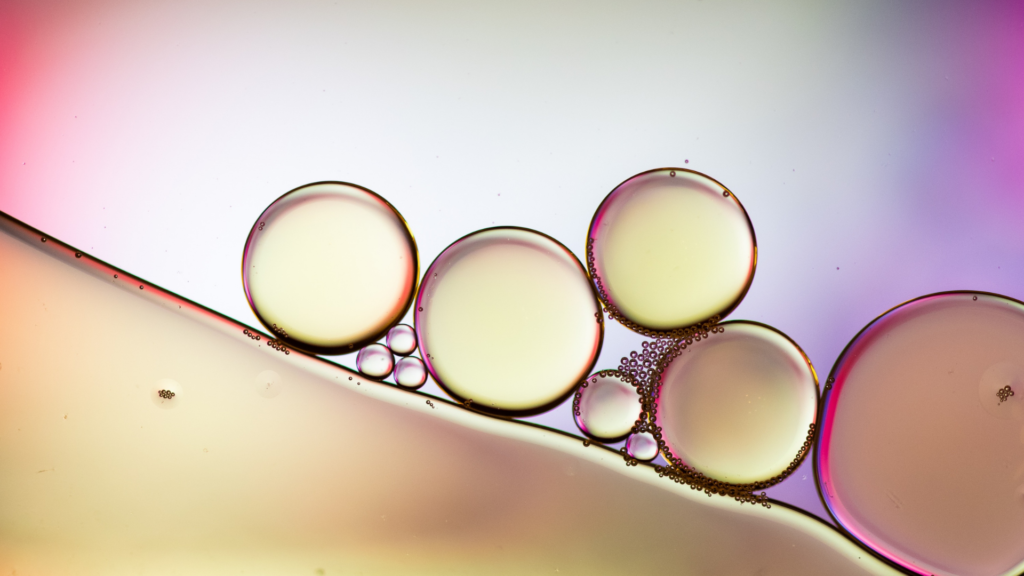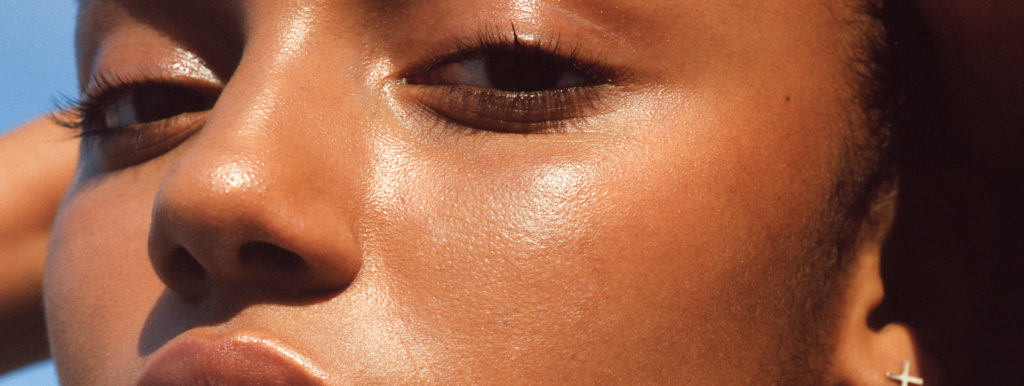SPF – The most important skincare product

It is the most important skincare product you probably can invest in when it comes to beautiful skin and your wish to age gracefully. If You follow me on my channels then you know SPF (sun protection factor) is the holy grail for me when it comes to skincare. I’m not alone – many other skincare experts, bloggers and dermatologists constantly remind you to wear your SPF every day.
While many of us know that wearing sun protection is important, there are still some questions out there that might not be super clear.
• How important is SPF really?
• How can I choose the right sunscreen for my skin type?
• Do I really need to wear it if I’ll be indoors most of the day?
• Is there a difference between face and body sunscreen?
• Should I be worried about harmful ingredients in my sunscreen?
And many more…
But avoiding the sun is not the most pleasant way to spend your time, especially when the sunrays are partially responsible for lifting your mood and health.
So, what’s the best thing we have to protect the surface of our skin and the many layers underneath? Sunscreen
How much should I pay attention to SPF?
Before answering this question, let’s first introduce a concept: the composition of sun radiation.
UV radiation is electromagnetic radiation – A small amount of UV radiation is essential for vitamin D production in the human body.
However, excessive exposure to UV radiation may cause short-term and long-term adverse effects on the skin, eyes and immune system.
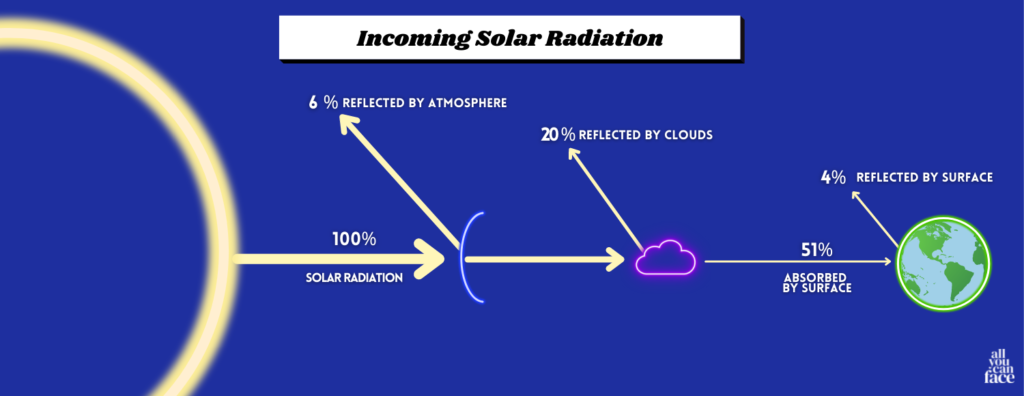
UV rays can be divided into long-wave UVA (320-400 nm), medium-wave UVB (290-320 nm) and short-wave UVC (100-290 nm) according to the wavelength – the longer the wavelength the stronger the penetration ability. UVC rays are absorbed by the ozone layer before reaching the Earth’s surface so their effect on the skin can be ignored. UVB rays can cause sunburns, red, sore, scaly skin and other symptoms.
UVA rays with longer wavelengths can even penetrate the dermis (your 2nd skin layer) and are responsible for skin tanning. UVA irradiation is the cause of long-term damage, increasing the risk of skin cancer.
SPF, or sun protection factor basically tells you how much solar energy is needed to cause a sunburn when you’re wearing sunscreen compared with unprotected skin. For example, a sunscreen with an SPF of 30, when used as directed, prevents 97% of UVB rays from reaching your skin. SPF 50 blocks 98%. It’s important to remember that you need to reapply SPF no matter how high the protection factor is.
A great sunscreen should be able to resist UVA and UVB rays both equally – A broad-spectrum is the way to go.
You can often read about it and even see product recommendations for physical (or mineral) and/or chemical sunscreens. These terms refer to the active ingredients used and also work in a different ways.
Physical UV filters are zinc oxide or titanium dioxide-based inorganic UV filters.
They mainly reflect and scatter UV rays to protect skin from the sun. Physical = reflects
Chemical UV filters mainly absorb UV rays and convert them into molecular vibration or other forms of harmless energy, thereby protecting the skin. Chemical = transforms
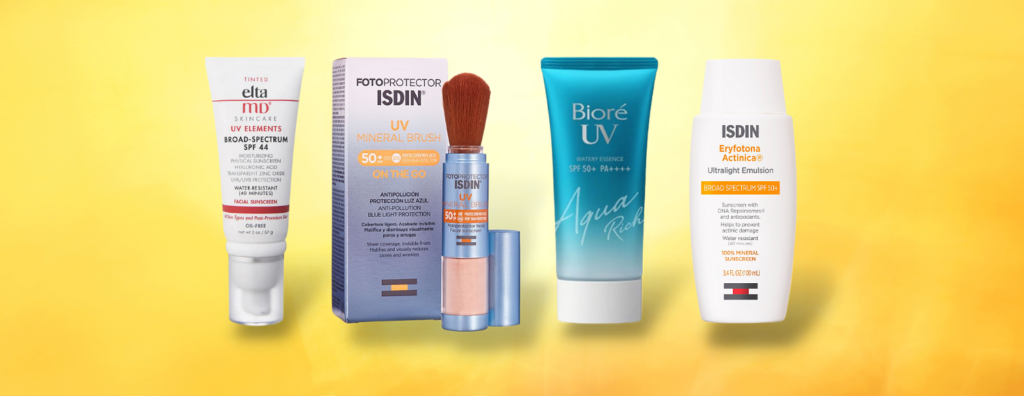
Pros of Physical Sunscreens
• Offers protection from both UVA and UVB rays
• Safe for use on babies and during pregnancy
• Less likely to irritate sensitive skin
Cons of Physical Sunscreens
• Can rub off or sweat off and rinses off easily—more frequent application is required
• Can have a white cast and reflects even in flash photography
• Can be thicker, which will require more effort to apply and needs to be generously (re-)applied
Pros of Chemical Sunscreens
• Thinner in texture and spreads easily on the skin
• Less product is needed to protect the skin
• Easier to use with other products like peptides and enzymes, giving you a skincare boost in 1 product
Cons of Chemical Sunscreens
• Comes with an increased risk of irritation and stinging
• Many ingredients are required to create total protection and higher SPFs – can create irritation
• Only becomes effective approximately 20 min after application
• Associated with an increased chance of redness for rosacea-prone skin = changes UV rays into heat
• Can clog pores and cause breakouts on acne-prone skin
No matter if it’s rainy, cloudy or sunny and whether you’re inside or outside – UV rays can damage your skin 365 days a year. Keep your skin protected and younger looking for longer by using a day cream with an SPF (Sun Protection Factor) of at least 30 during the day, every day.
Reapply every 2 hours – if you are on the go, use a spray or at least a powder with SPF to touch up.
How to apply SPF correctly
Sunscreen should be the last step in your skincare routine which implies that should apply it over the top of your serum and moisturiser (if using). You can apply your makeup over the top of your SPF. Just make sure to let the product properly sink in for the best protection to not move it unnecessarily around.
If you really want to protect your skin from the elements use an antioxidant-rich serum before you apply your sunscreen. This helps to shield skin from pollution and environmental damage and Vitamin C is a great option for this step of additional protection.
Be sure to apply your sunscreen to any exposed skin as we usually forget our ears, eyes and hands.
Wear it even indoors
Even if you’re not all day outside, you’re still guaranteed to come into contact with UV rays through the window by sitting at the office all day in a sunny spot or by even making it to work on the bike for 20 min.
Always reapply sunscreen and try to do it every two hours if you’re outside.

